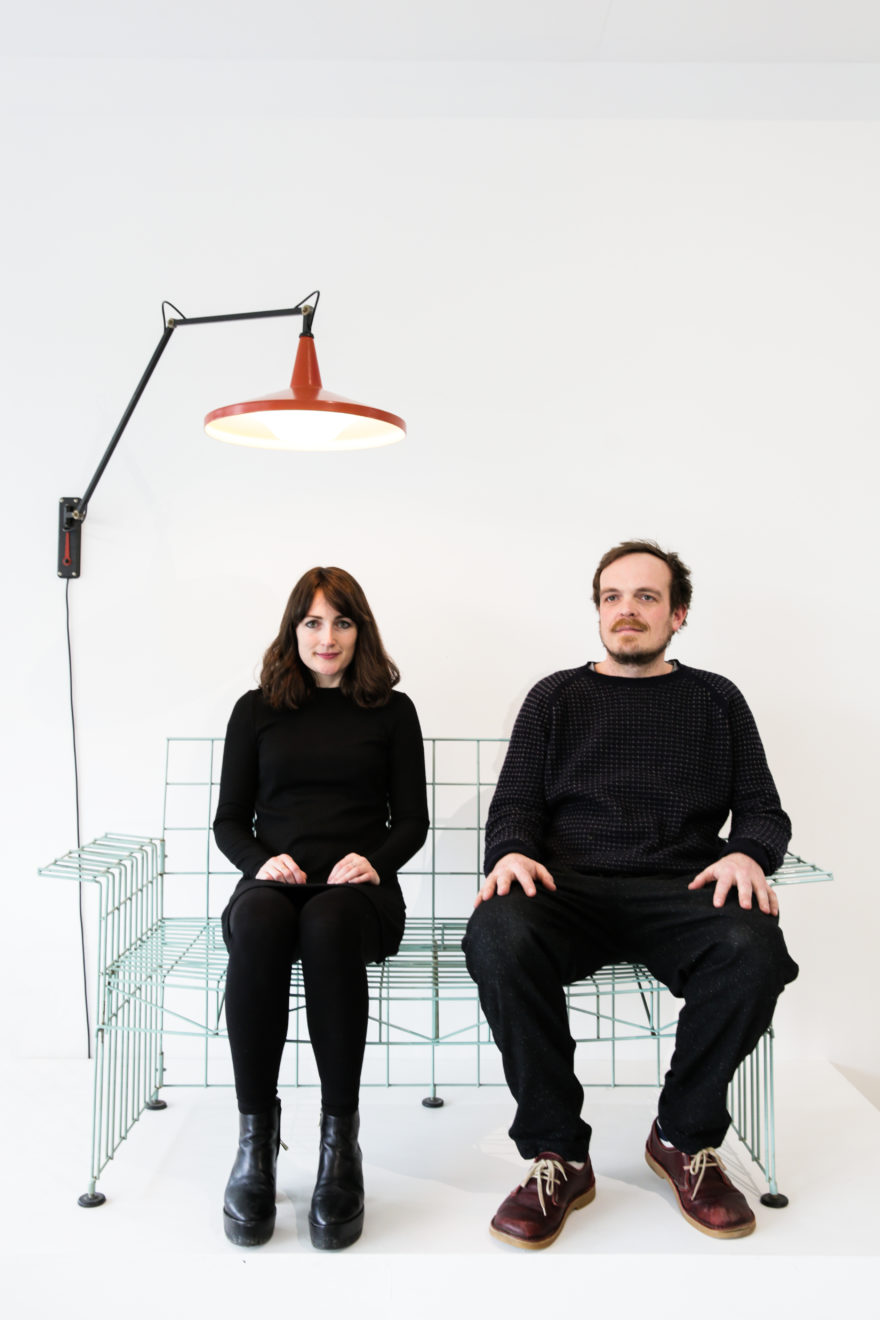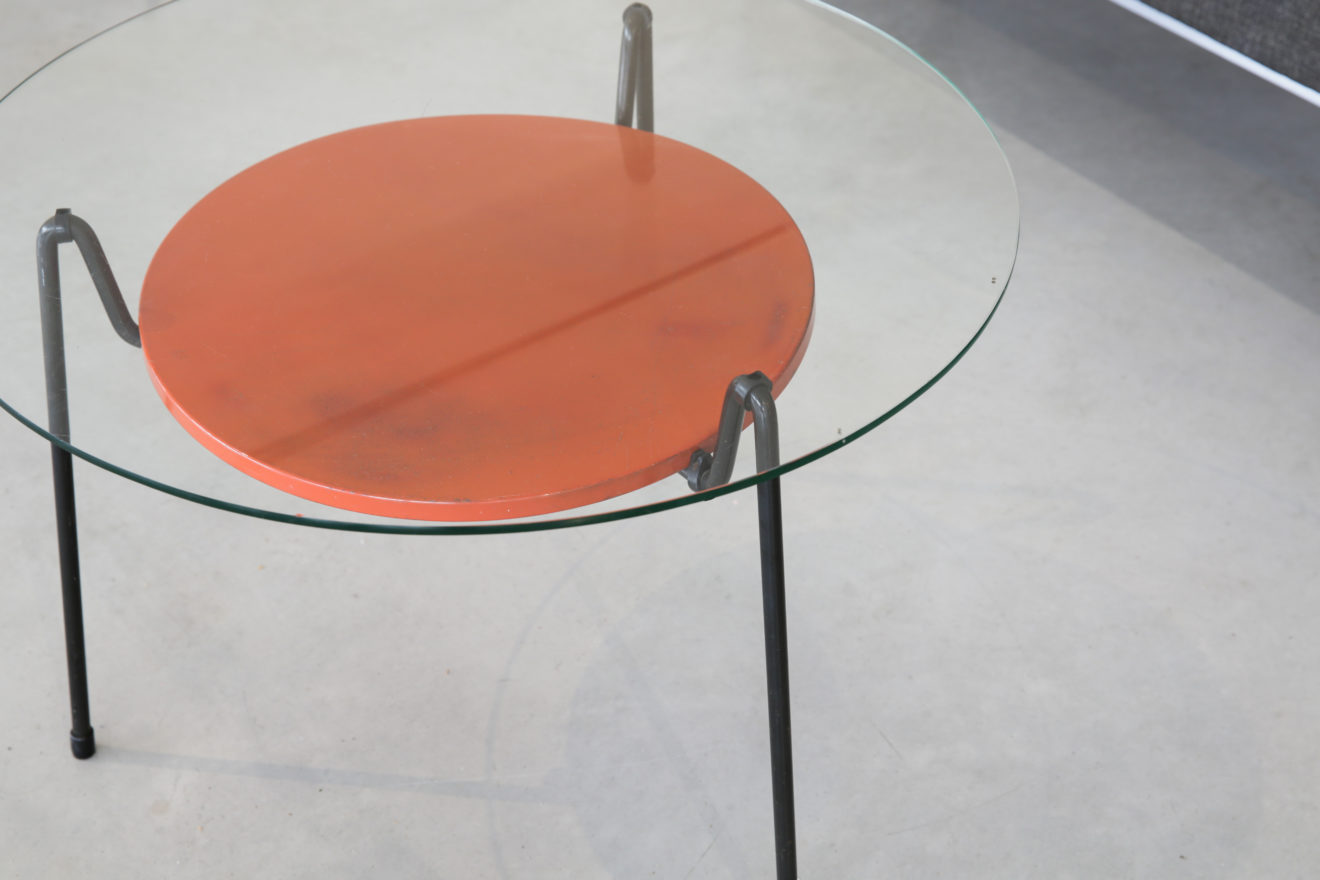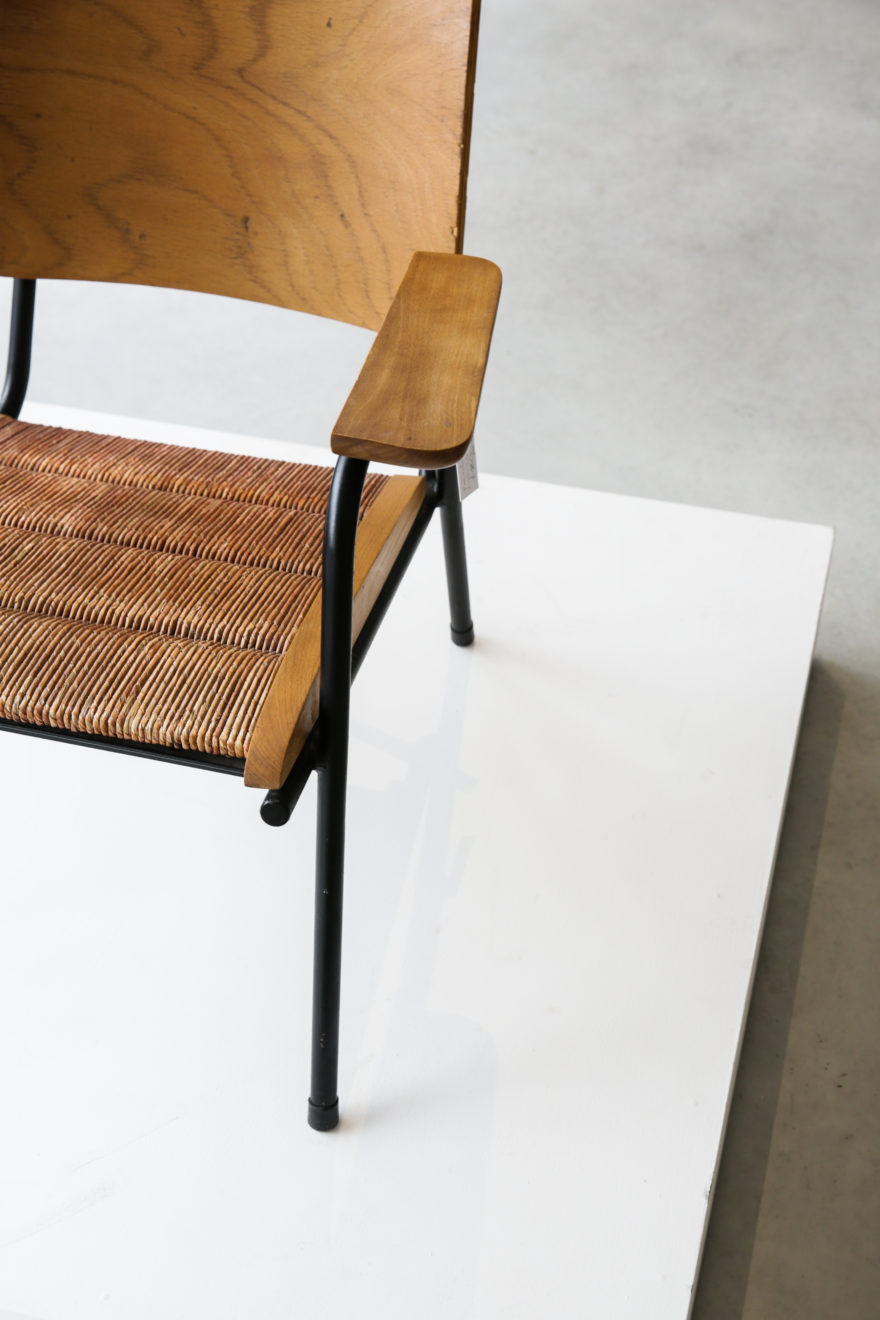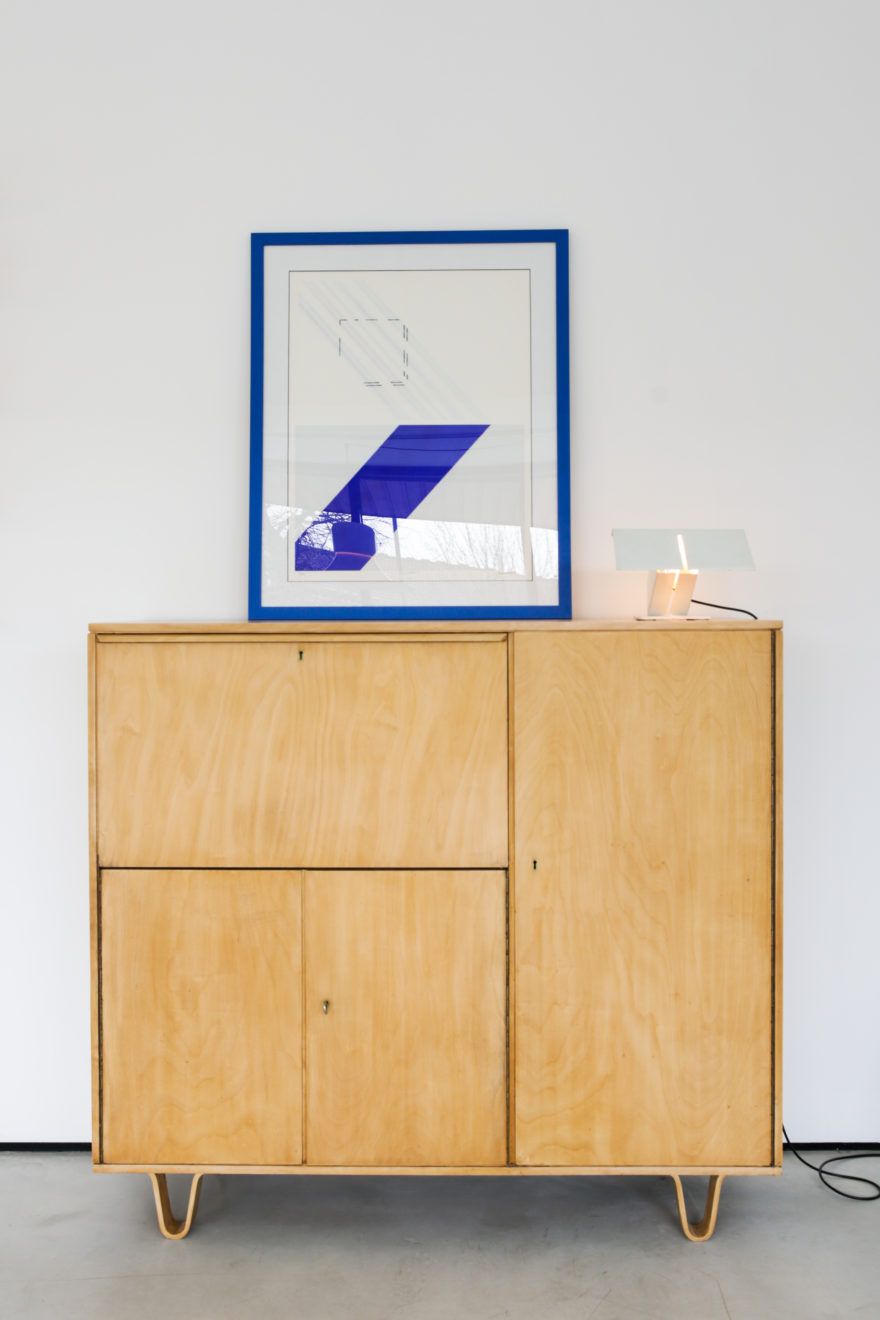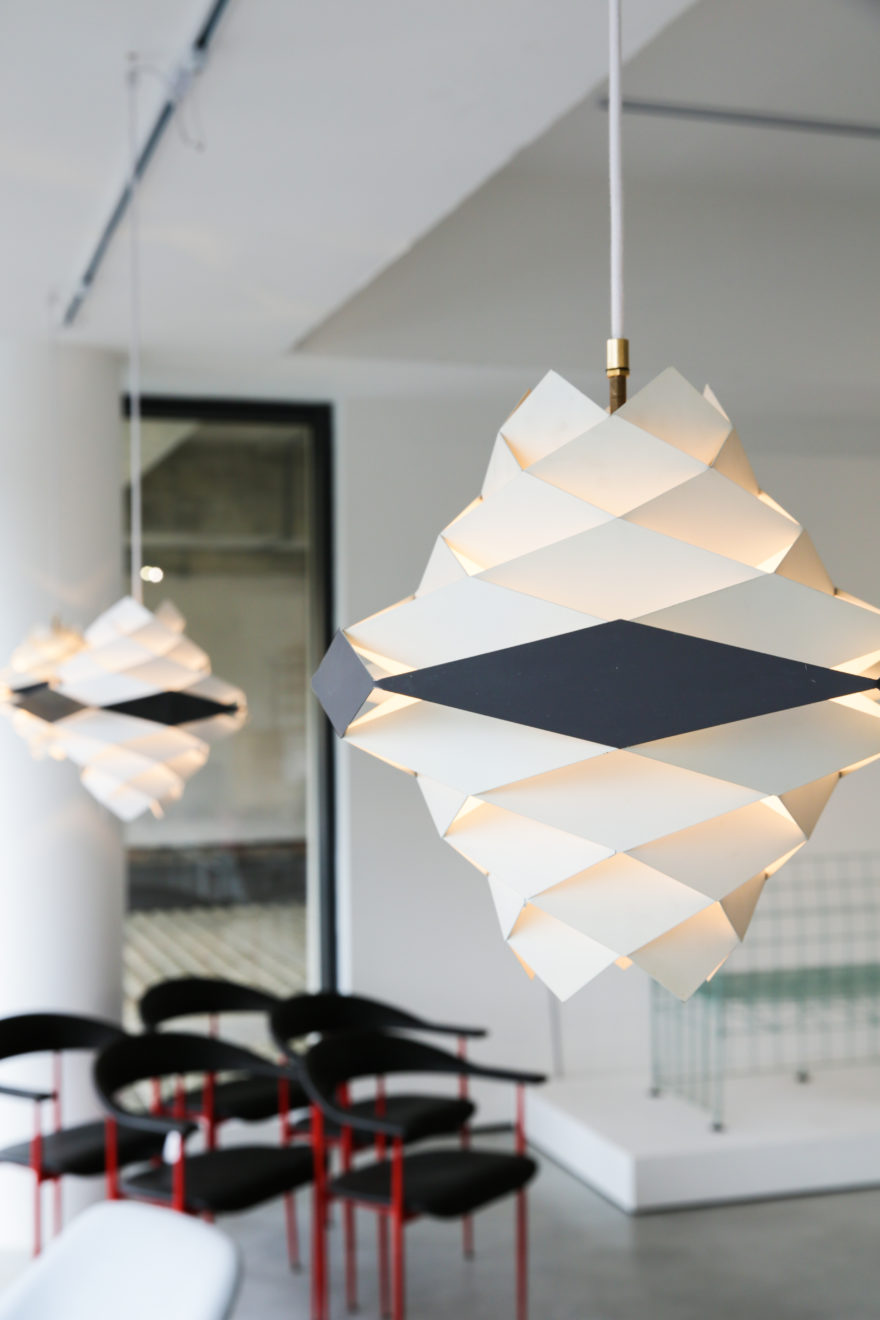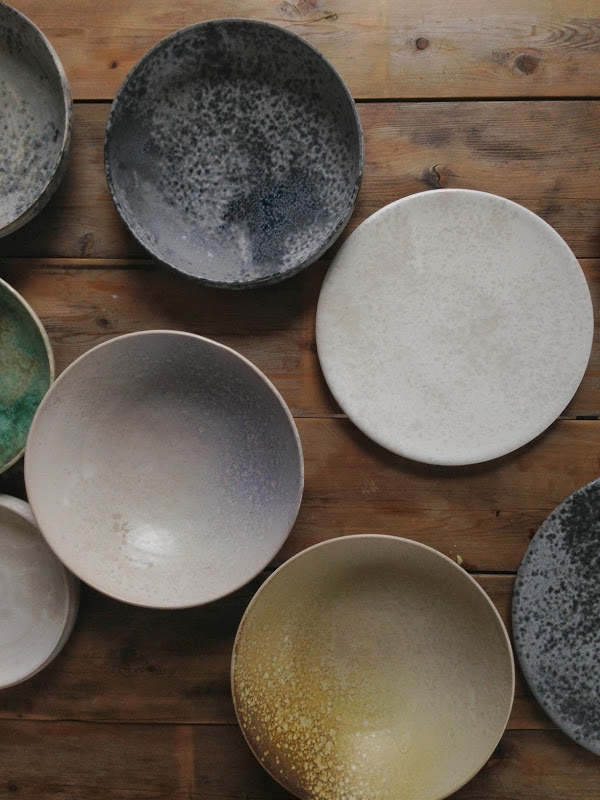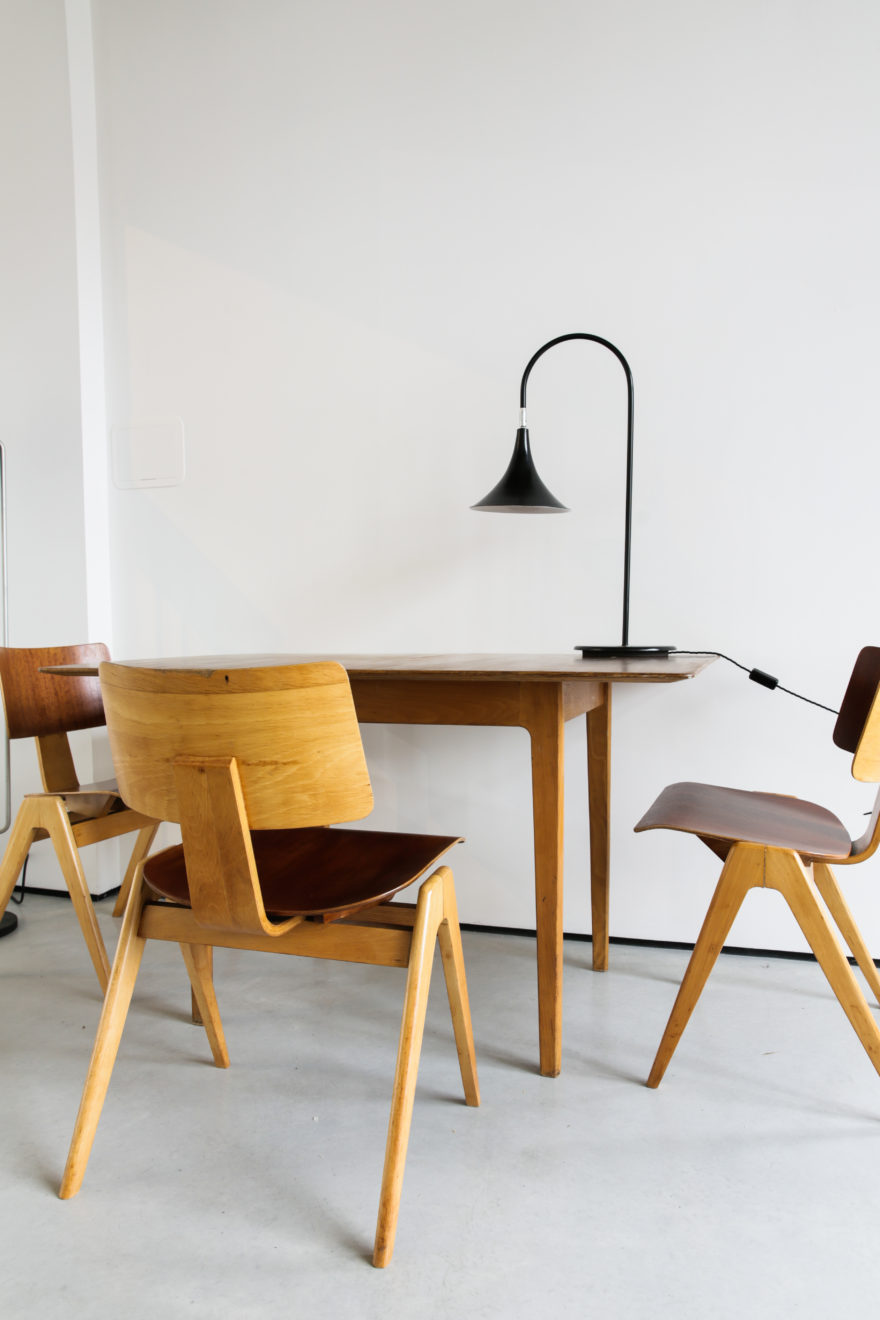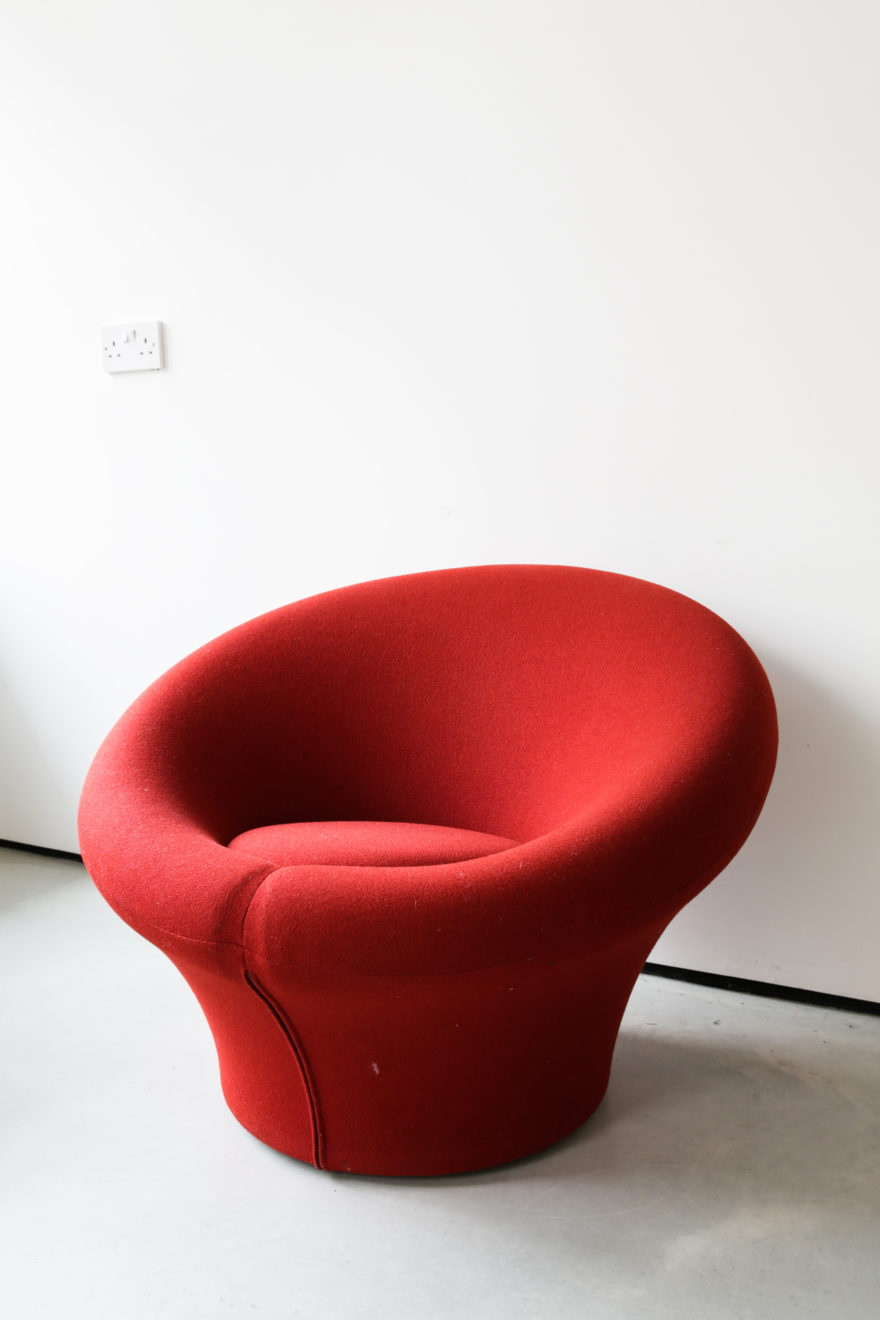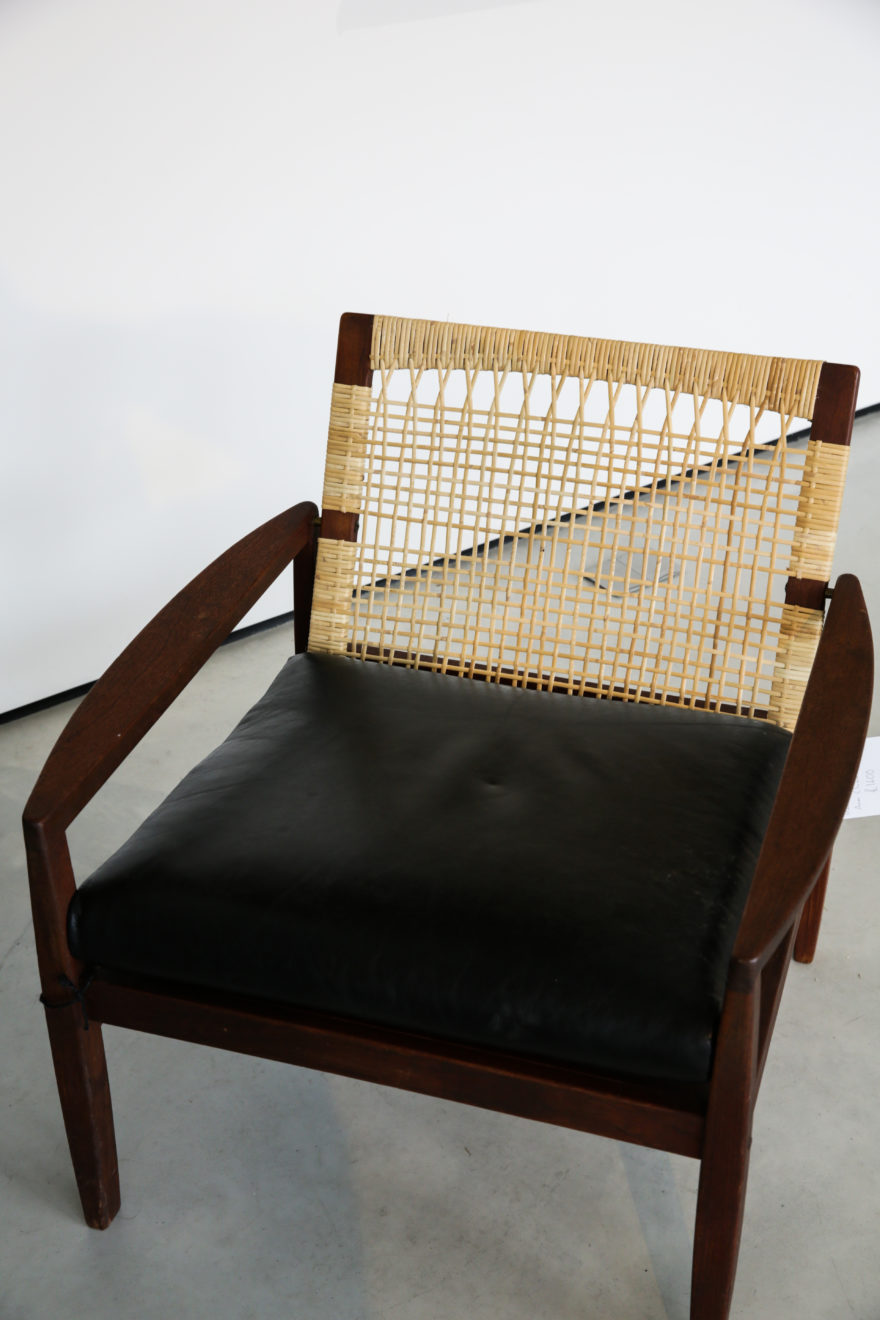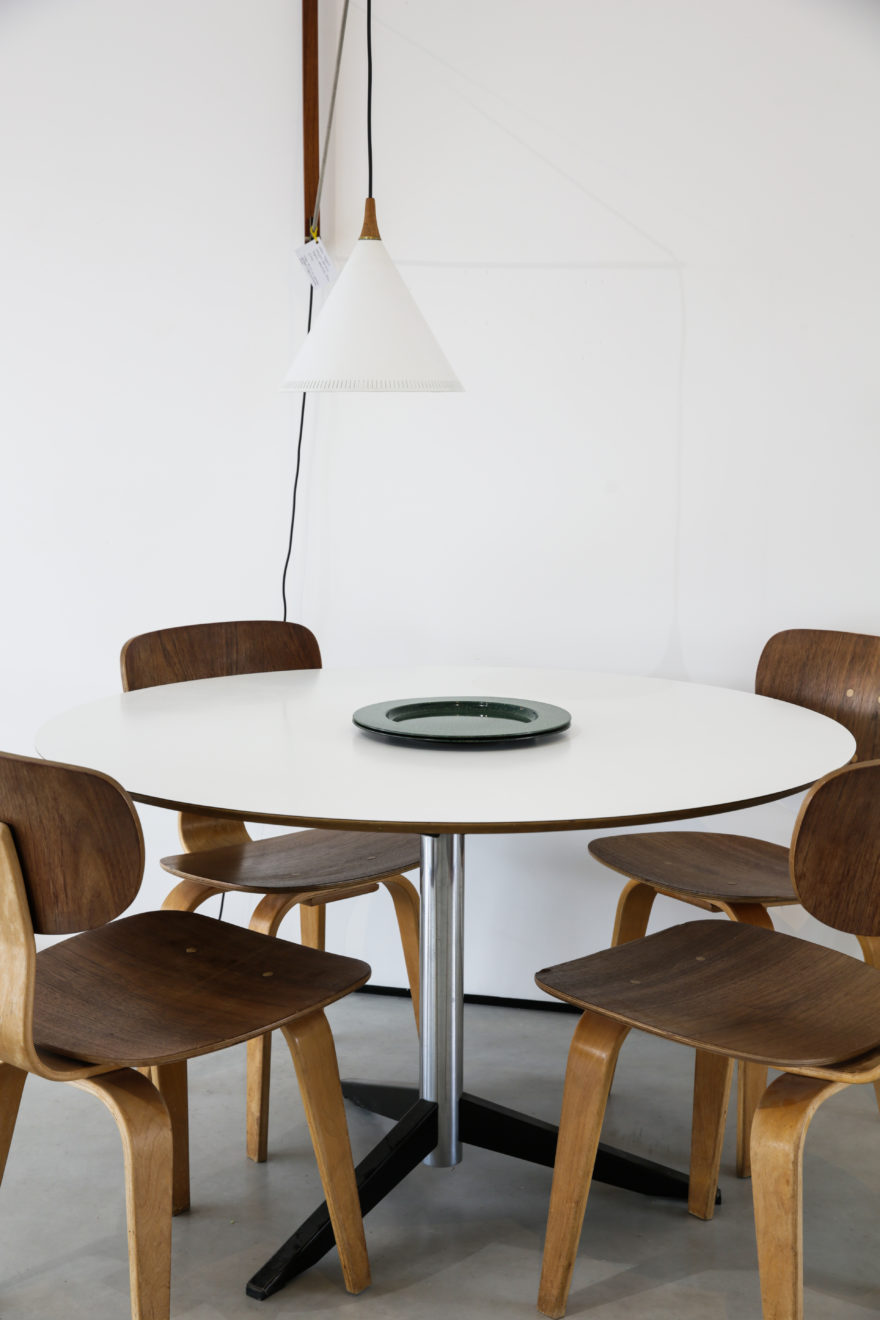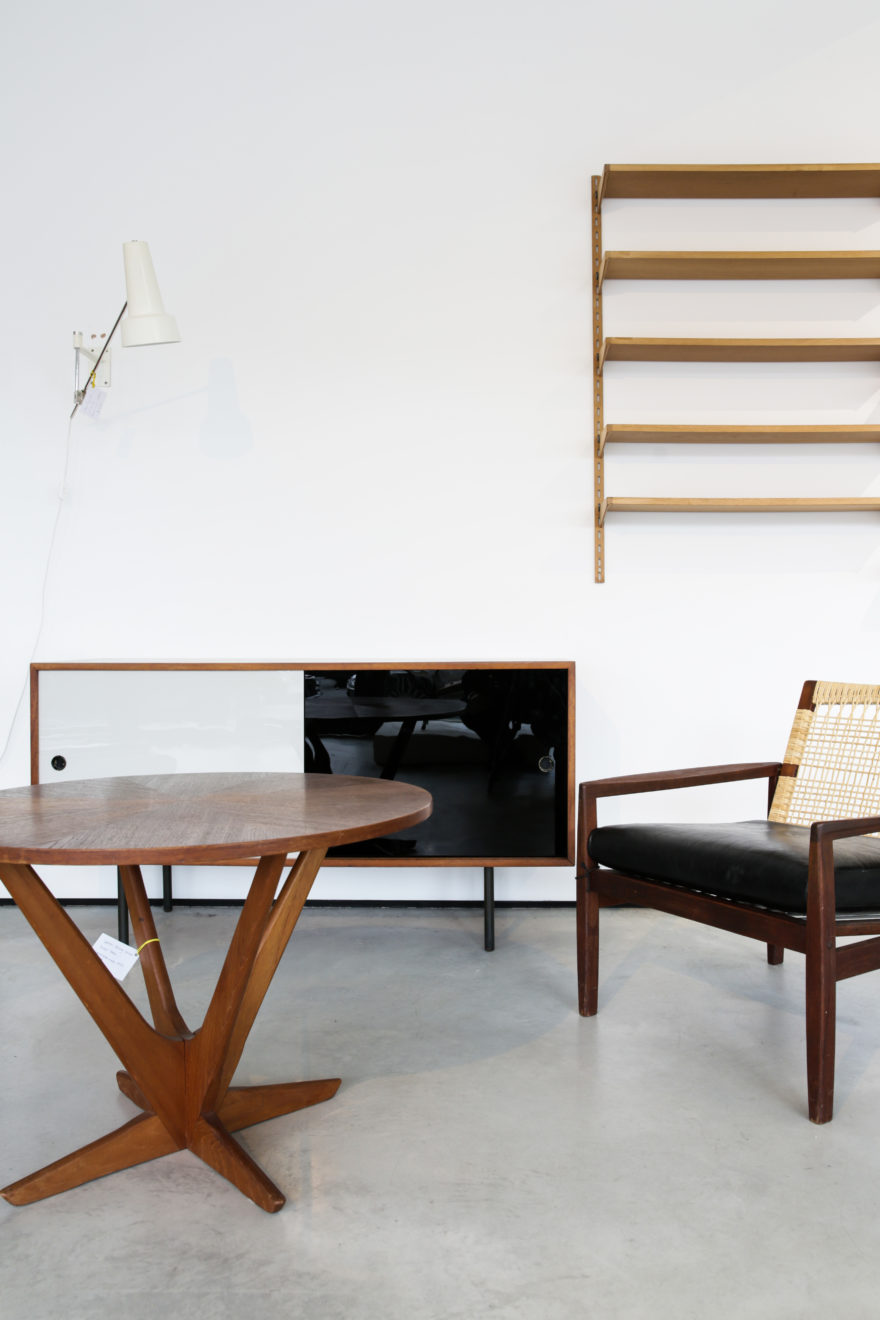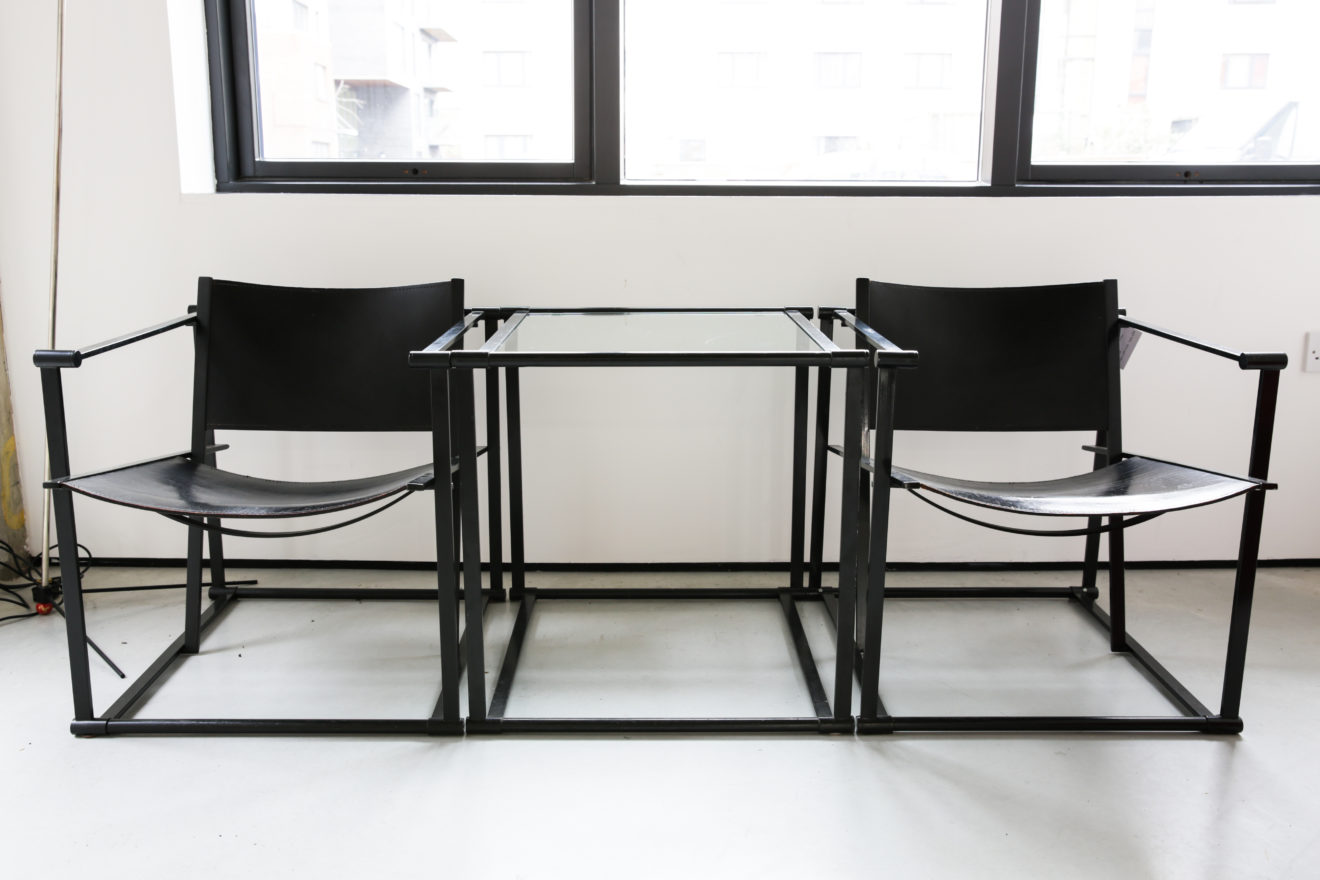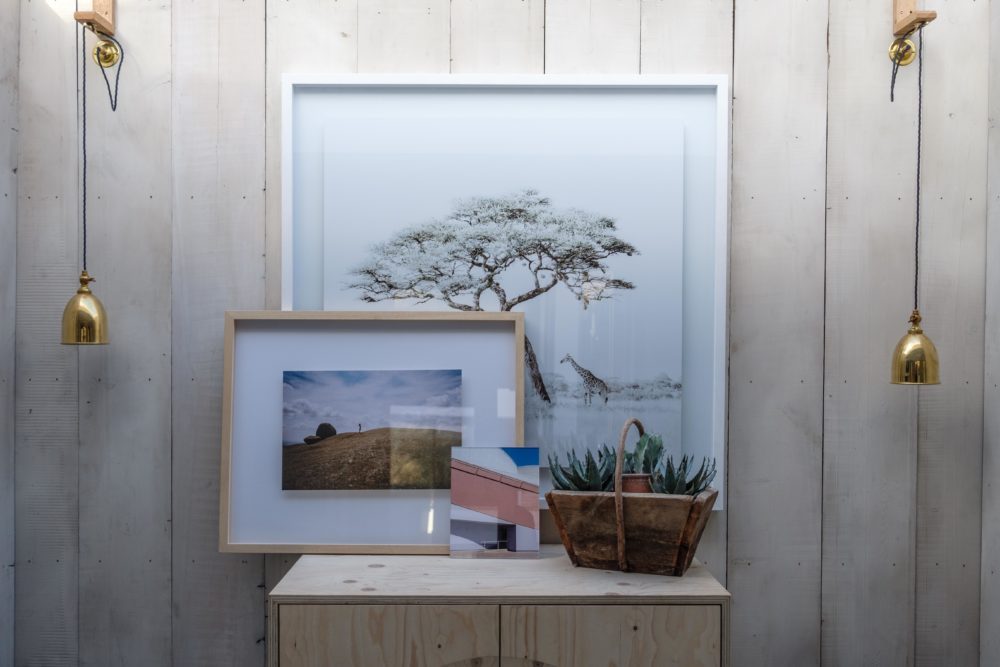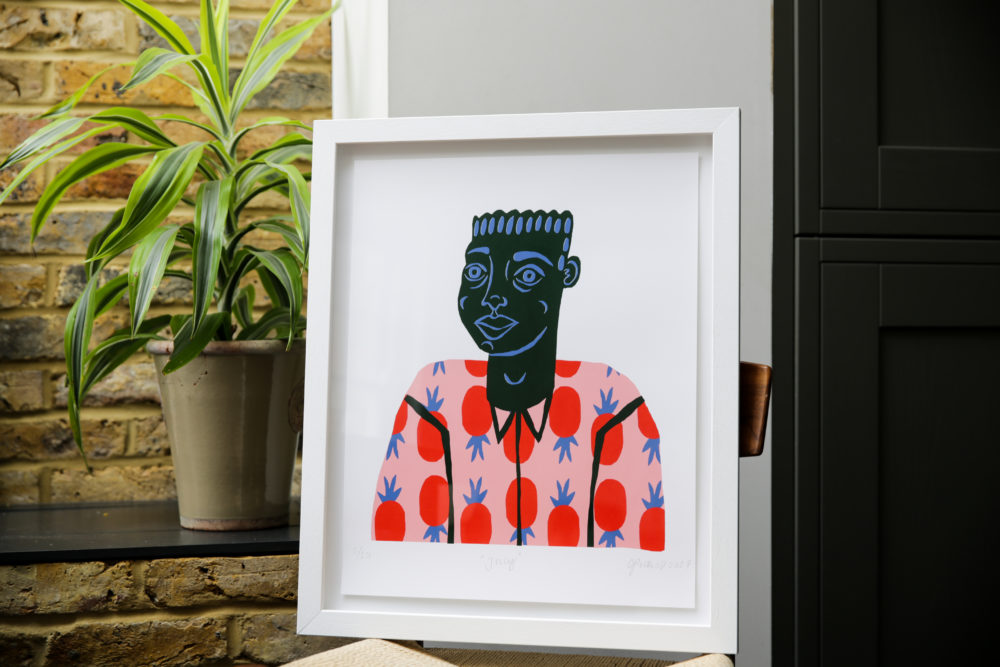Béton Brut
The Béton Brut design store, prop house and location for hire can be found in the creative heart of East London. Home to an ever-changing array of pieces by our favourite designers, we met with one of the company’s founders, Sophie Pearce, who talked to us about her design inspiration and what she hopes for the future of interior design.
The name ‘Béton Brut’ comes from the concrete finish coined by the architect Le Corbusier. It is honest and sculptural, just like the collection of original twentieth century furniture and lighting on display. We chose the name because many of the pieces we were collecting had been designed by architects from that period – Alvar Aalto, Gerrit Rietveld, the Castiglioni brothers, Martin Visser, Paolo Piva, Mario Botta and Superstudio – and we wanted a little nod to that.
It was started in 2013 as a joint venture between myself and fellow furniture dealer Augustus Greaves. It’s now just me at the helm but I collaborate with Gus regularly and he sells some of his collection through the store.
There’s a lot more postmodern design here at the moment. The space also doubles as a photography studio for hire and prop house, so customers are asked to ring ahead before a visit.
I hand-pick each item in Holland, Denmark and Italy predominantly. Where exactly within those countries is a closely guarded secret.
Rule number one: I can only sell what I like and get excited by. Gut instinct plays a big part in that. Like wandering into your dream house – you just know. I tend to be drawn to pieces by named designers – even if I don’t know who they are yet. That’s not for name’s sake, I just often become obsessed by a piece, which begins the impulse to research and fall in love with the designer’s other works and how they sit within the design canon. What I like changes but some designers endure for me, such as the ones I named earlier and others like Pierre Paulin, Pierre Guariche, Ruud Jan Kokke and Mario Bellini.
This changes constantly, but at the moment I’m loving the ‘Cloud table’ by Neil Morris of Glasgow. It’s a sort of perfect wooden amoeba and a massively underrated piece of British design.
I am in love with a marble dining table from the Eros series by Angelo Mangiarotti, Italy, 1975. Dreamy. But I would need to sell an organ first.
I don’t actually have many possessions beyond furniture and lights. I love my crockery – glazed white clay cups and bowls by ceramicist Kasper Wurtz. I collect a few more pieces each year. They look delicate but they are bomb proof, you can even put them in the dishwasher. Wurtz designed the dinnerware for Noma restaurant. You eat your breakfast and it’s like looking into the face of the moon.
Tranquility. And sanctuary. I like to come home to be restored. I also see it as an expression of my eye. The space is curated.
I want people to feel joy in the everyday. When something is beautifully designed, and useful, the joy is heightened. Why save objects for best or stow them away in glass cabinets? If you can drink out of your favourite piece of pottery or snooze on your favourite armchair, there is an honest, functional beauty to that.
Currently I’m inspired by the architect Joseph Dirand for his use of materials – like marble and marmorino plaster set against utilitarian French furniture. I will leave it at that for now – he deserves the pedestal.
Аna Kraš is a designer, photographer and artist. She happens to be a model too. My lady crush. I also really admire gallery owner Oliver Gustav. He has an amazing eye. I should also note the few thousand instagrammers I follow who provide endless visual stimulation. And a final tribute to Ren Hang, the controversial Chinese photographer who died this February (2017). His photography – lewd, nude and rebellious – is incredible and we have lost a great talent. I have never been moved more by art than by his work. RIP.
I would like to see interior design lose any residual or perceived stuffiness. It’s not all Chelsea Holland there is a much more DIY / anything goes aesthetic, where the general populace make creative and visual statements in their home – it’s not just something reserved for designers or people with money. In the 50s it was normal that you saved up three month’s wages to buy an item of furniture, because it was well made and for life. We seem to have adopted a Primark model for furniture in the UK – faceless and throw-away. I would like to see people appreciate who things are designed by and how – i.e. an item’s provenance, material and construction. Designers should be celebrated like singers and authors. They are part of our social fabric. I don’t know if it’s going that way. But one can hope. Harbour. Obviously there are limitations in terms of budget, but when I visit collectors and dealers in

